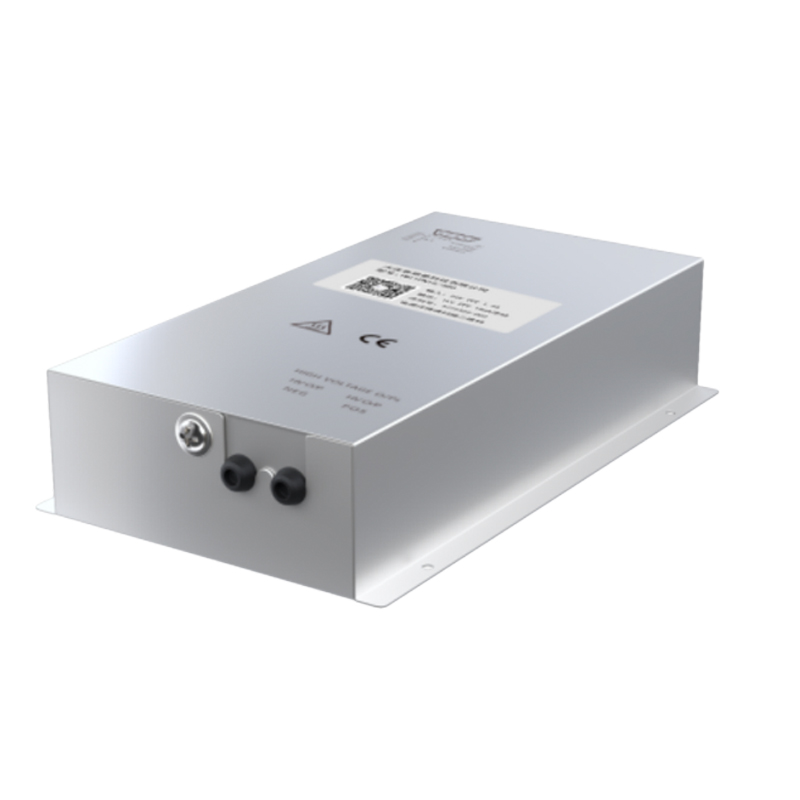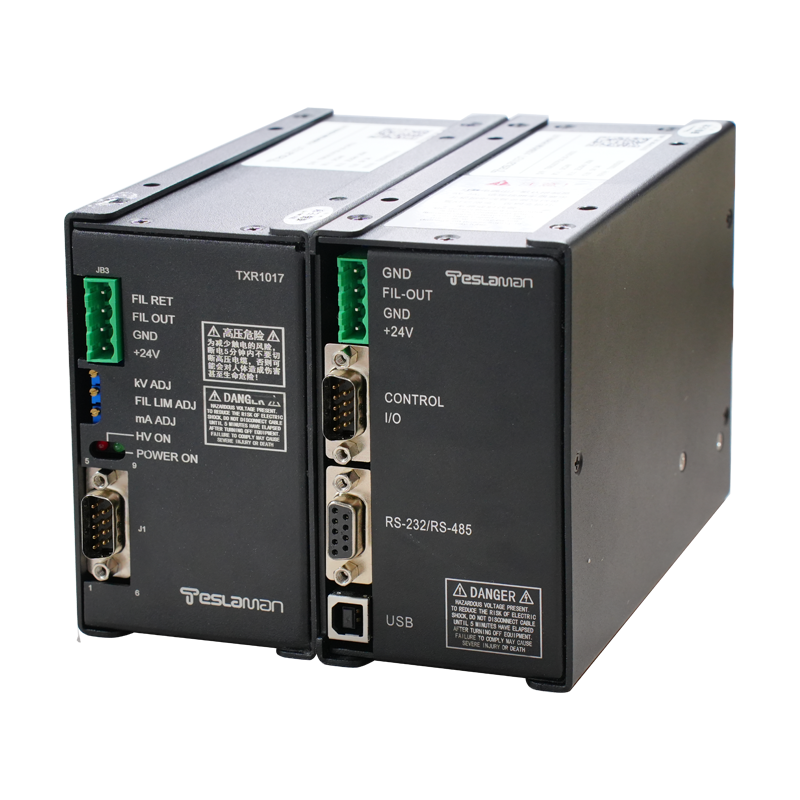Optimization of High-Voltage Power Supply Impedance Matching in Etching Equipment
Key Technologies and Applications
In semiconductor manufacturing, the performance of high-voltage power supplies in etching equipment directly determines process accuracy and system stability. The matching degree between the output impedance of the power supply and the load impedance of the plasma chamber is a critical factor affecting energy transfer efficiency, etching uniformity, and equipment longevity. This article explores the core technologies of impedance matching for high-voltage power supplies from three aspects: technical principles, challenges, and optimization methods.
1. Specificity of High-Voltage Power Supply Impedance Matching
The high-voltage power supply in etching equipment (typically operating at 2–60 MHz) drives a capacitive load (plasma chamber). Its impedance dynamically changes with gas type, pressure, and temperature, characterized by a low real part (<5 Ω) and high capacitive imaginary part. This poses two major challenges:
1. Low Power Transfer Efficiency: Impedance mismatch can cause reflected wave power to exceed 30% of the incident wave, reducing etch rates and triggering RF power supply overheating.
2. Poor Process Uniformity: High-frequency signals form standing waves on mismatched transmission lines, leading to etch rate variations of >15% between wafer edges and centers.
2. Optimization Strategies: Dynamic Matching and Model-Driven Control
To address these challenges, a combination of circuit design, real-time feedback, and algorithmic control is required:
1. Adaptive Matching Network
• L-Topology Optimization: A shunt-series capacitor (or inductor) configuration expands the impedance adjustment range. For example, shunt capacitors adjust the real part, while series capacitors compensate for the capacitive imaginary part to achieve conjugate matching (Z_{\text{load}} = Z_{\text{source}}^).
• High-Frequency Components: Vacuum variable capacitors and magnetic saturation inductors enable millisecond-level tuning to respond to transient plasma impedance changes.
2. Model-Based Feedback Control
• Digital Twin System: A computer model incorporating RF cables, matching networks, and the chamber is used. Real-time voltage/current phase signals are collected from the output terminal to calculate actual impedance and feed back to the matching network controller.
• Harmonic Suppression Algorithm: For standing waves induced by fundamental harmonic frequencies (e.g., 54 MHz from a 27 MHz base), parameters are dynamically adjusted to reduce the reflection coefficient below 0.1.
3. Multi-Parameter Co-Optimization
• Genetic Algorithm: With target impedance (e.g., 50 Ω) as a constraint, capacitor/inductor combinations are optimized via crossover and mutation. This ensures power transfer efficiency >95% while minimizing resonance peaks.
• Thermal-Electrical Coupling: Aluminum nitride ceramic substrates and microchannel cooling are integrated at the packaging level to prevent thermal runaway under high power density (>5 W/mm²).
3. Technical Validation and Results
After implementing the above optimizations in an etching system:
• Efficiency Improvement: Power transfer efficiency increased from 78% to 93%, with reflected power below 5%.
• Uniformity Enhancement: Etch rate variation across 300 mm wafers narrowed from ±12% to ±4%.
• Stability Boost: Continuous operation lifetime extended from 500 to 2,000 hours, with failure rates reduced by 40%.
4. Future Directions
1. Wide-Bandgap Semiconductors: Silicon carbide (SiC) power modules can support matching frequencies above 100 MHz, improving response speed.
2. AI Predictive Control: Deep learning-based plasma impedance prediction models will enable nanosecond-level pre-tuning.
Conclusion
High-voltage power supply impedance matching is a core enabler for precision manufacturing in etching equipment. Through dynamic matching networks, model feedback, and multi-physics optimization, traditional design bottlenecks can be overcome, advancing semiconductor manufacturing toward sub-3 nm processes. Future integration of AI and wide-bandgap technologies will further revolutionize this field.




















